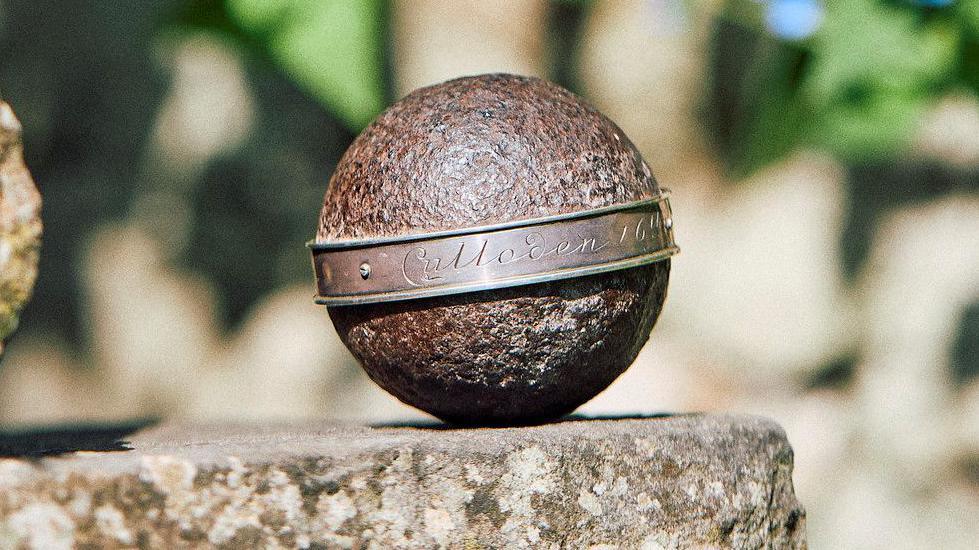Archaeologists to explore new area of Culloden battlefield
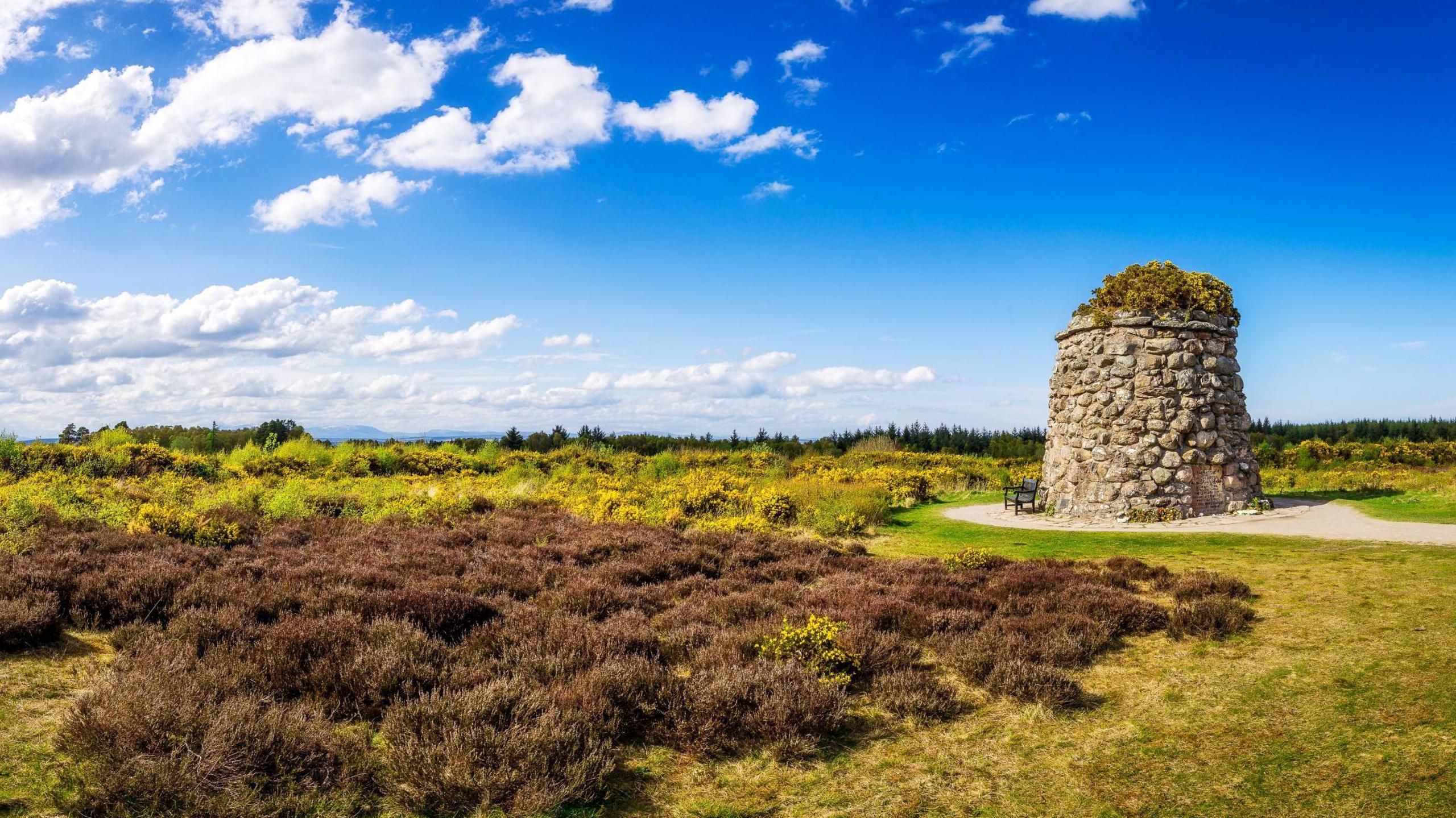
An area of land to the north of the battlefield memorial is to be investigated by archaeologists and volunteers
- Published
Archaeologists hope to uncover new insights into how the Battle of Culloden was fought almost 280 years ago.
A team is to investigate an area of the battlefield near Inverness that has not been excavated before.
The ground, just north of Culloden's memorial cairn, was where members of Bonnie Prince Charlie's Jacobite forces advanced on the front line of an opposing government army.
The area was planted with commercial forestry in the 1950s, and the last of the conifers were removed in the 1980s. Today it is an area of scrubby vegetation used for grazing cattle.
The National Trust for Scotland (NTS), which manages a large part of the battlefield, has arranged the week-long investigation which starts on Monday.
It will involve archaeologists and volunteers.
NTS head of archaeology Derek Alexander and University of Glasgow's Prof Tony Pollard will lead the excavation.
The fieldwork will include digging small trenches and test pits, and also metal detecting in between the scrub and remains of trees stumps.
A small, tracked excavator will be used to scrape away thin layers of soil.
Test pits will be dug by hand in the hope of uncovering non-metallic artefacts.
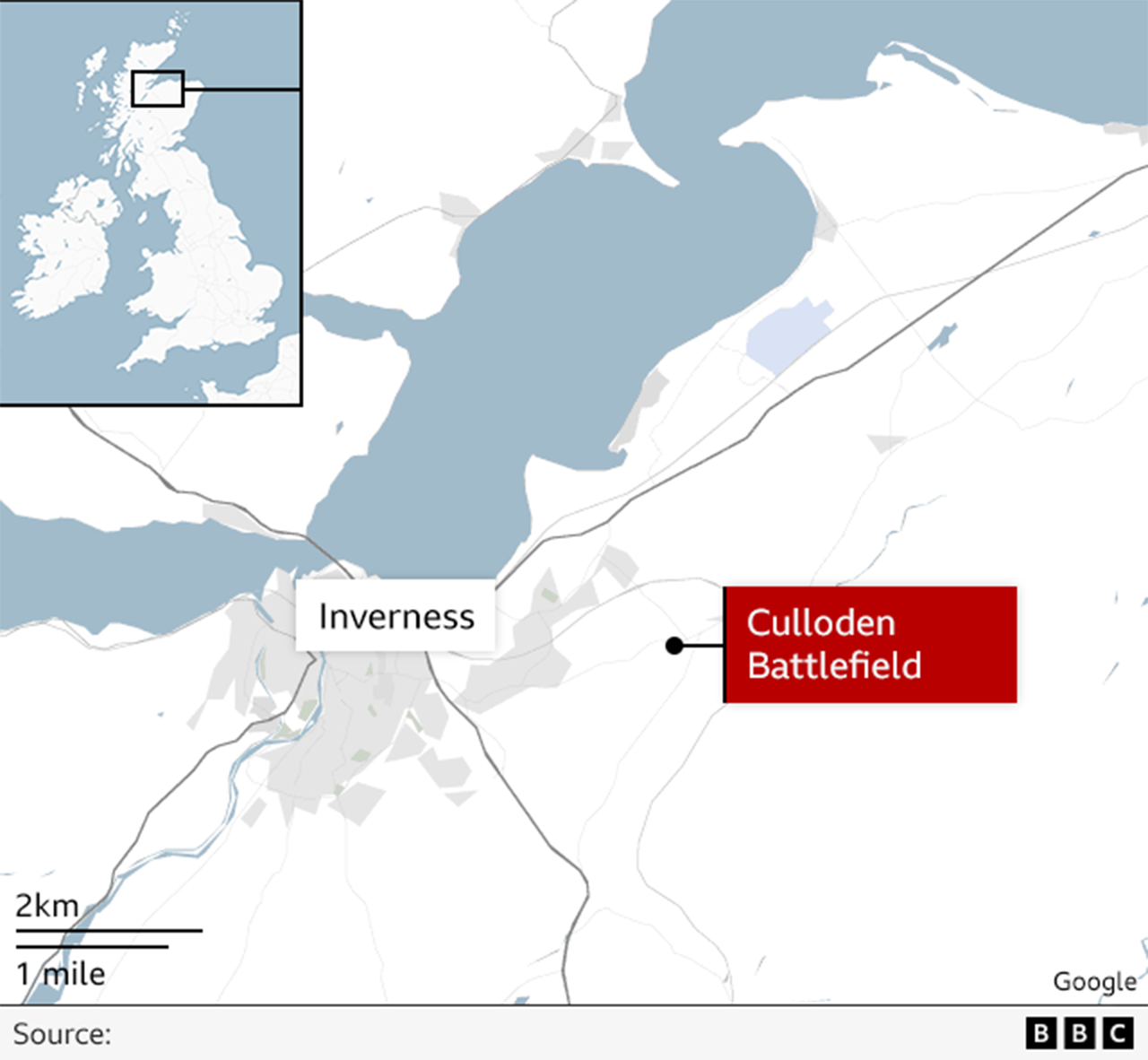
NTS said: "We hope that by exploring these new areas using modern techniques, we will gain a deeper understanding of the battle's history.
"This part of the battlefield is in front of the government front line, where Monro's Regiment and the Royal Scots Fusiliers would have exchanged musket fire with centre of the advancing Jacobite line, including the MacKintoshes, Frasers, and the Royal Eccossais."
The spokesperson added: "The dig will respect the site's solemn history as a designated war grave, and the trust ensures all activities at this significant site are designed and carried out with great care and respect."
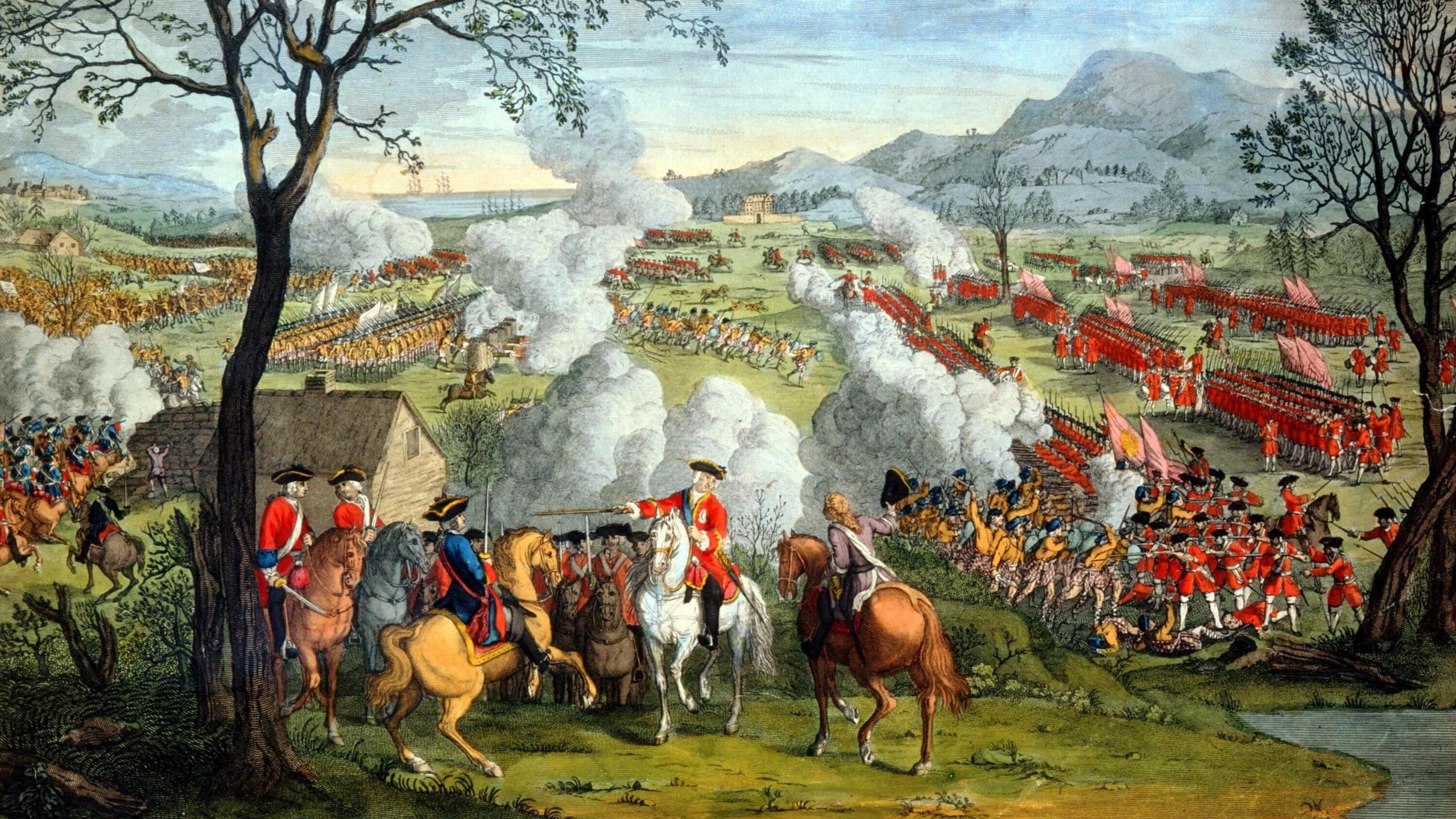
An 18th Century painting portraying 1746's Battle of Culloden
Charles Edward Stuart, better known as Bonnie Prince Charlie, led a rising in 1745 to win back the thrones of Britain for his father, the exiled James VIII.
The Battle of Culloden on 16 April 1746 saw the prince and his forces face King George II's government army, led by the Duke of Cumberland, George's son.
The prince was defeated and about 1,600 men were killed - 1,500 of them Jacobites.
It has been described as the last pitched battle to be fought on British soil.
What artefacts have been found at Culloden?
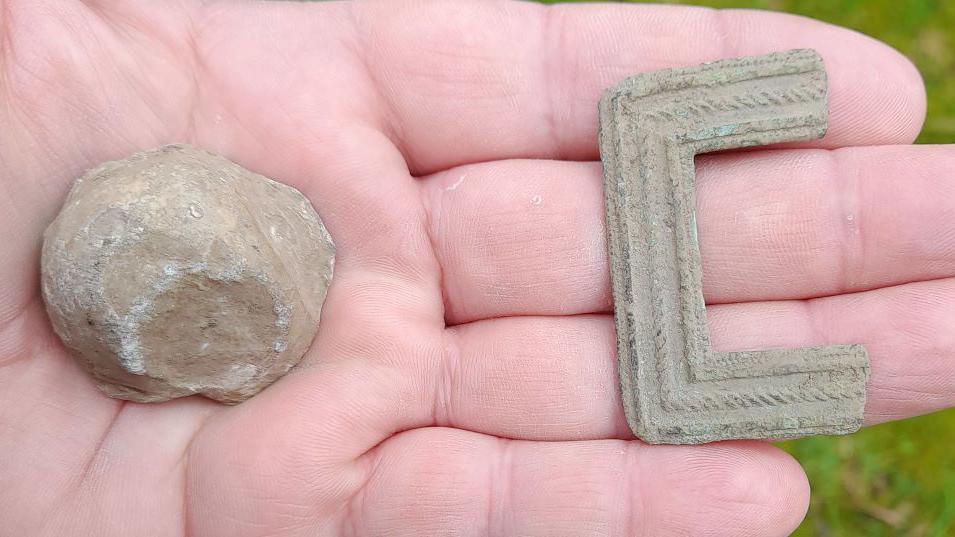
A damaged piece of grapeshot, left, and the broken shoe buckle found at Culloden
Last year, NTS said the last finds to be made were connected to a moment when a clan chief fighting for Charlie was badly injured.
Donald Cameron of Lochiel is recorded as leading an attack on the government frontline when his ankles were hit by grapeshot - small lead balls fired from artillery weapons.
The artefacts were a broken copper alloy shoe buckle and a single piece of grapeshot that shows signs of having hit something - possibly the buckle.
Both were discovered in the same 60 sq m (646 sq ft) area.
Related topics
- Published6 April

- Published18 September
